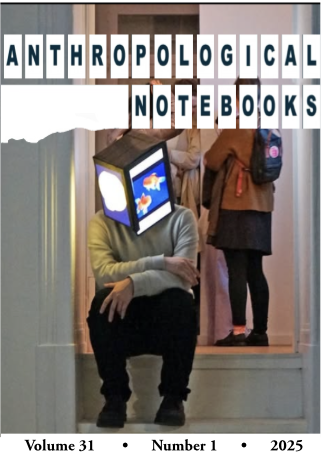The cultural body of the margins: Anthropological reflections on a resilient concept
Keywords:
Margins, urban marginality, embodied resistance, spatial exclusion, politics of presenceAbstract
This article explores the persistence of margin and marginality as both analytical categories and lived realities, questioning why these concepts remain so deeply embedded in public discourse and in social science, despite repeated scholarly efforts to emphasize their porosity and relational nature. The endurance of marginality is also rooted in its symbolic dimension, which transcends time and different societies, shaping the ways in which exclusion is framed and legitimized. In the era of postindustrial capitalism, this symbolic level intersects with multiscalar dynamics of governance and valuation, contributing to the naturalization of discourses on differential citizenship and uneven access to rights and resources. Rather than a passive or peripheral state, marginality functions as a dynamic field of negotiation, where exclusion, resistance, and survival intersect. The study examines how marginalized bodies navigate urban space, oscillating between hyper-visibility and enforced invisibility, and how informal urban practices challenge dominant spatial and political orders. By analyzing processes such as spatial exclusion, securitarian governance, and informal modes of inhabiting the city, the article highlights how marginality is both imposed and contested. Ultimately, it argues that understanding the persistence of marginality requires moving beyond fixed territorial categories, recognizing borders as ambivalent zones and margins as sites of agency, ambiguity, and social transformation.
Downloads
Published
Issue
Section
License
Copyright (c) 2025 Anthropological Notebooks

This work is licensed under a Creative Commons Attribution 4.0 International License.


